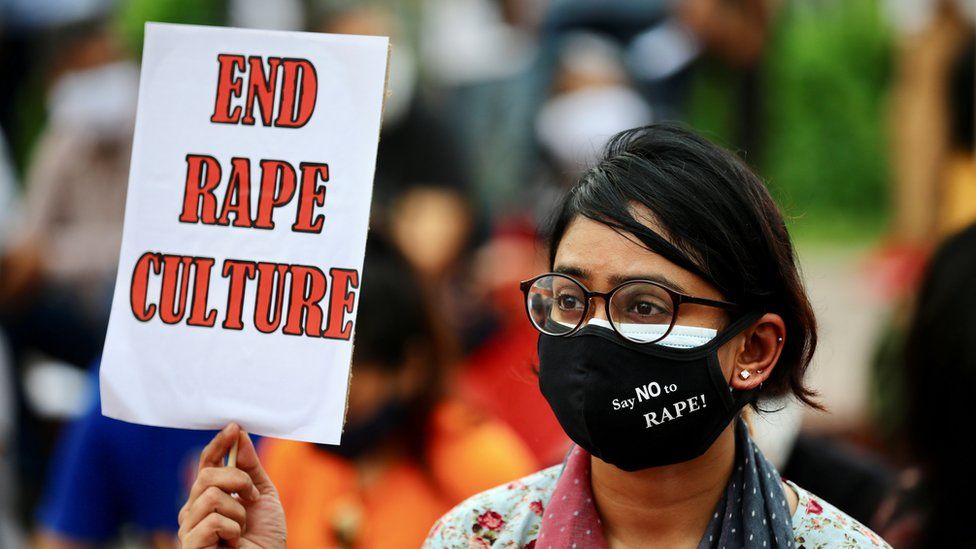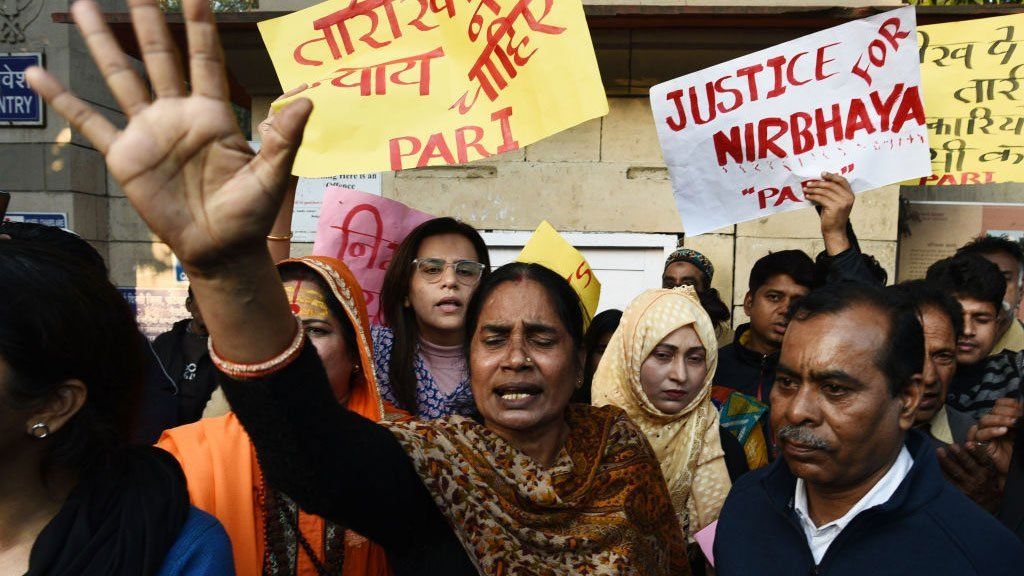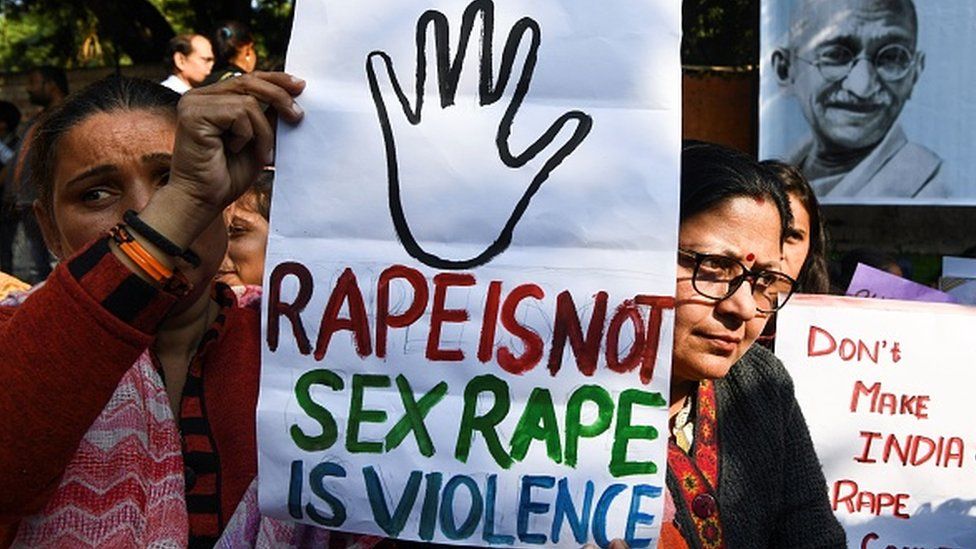- Considering Difficult Depictions in Film
- Why Do Filmmakers Include Rape Scenes in Movies?
- How Do Rape Scenes in Movies Affect Viewers?
- The "Rape and Revenge" Subgenre and Rape Scenes in Movies
- What Can We Learn from Classic Hollywood Rape Scenes in Movies?
- Discussing Noteworthy Rape Scenes in Movies
- How Do We Approach Lists of Rape Scenes in Movies?
- The Broader Conversation Around Rape Scenes in Movies
When we talk about movies, some topics are just naturally harder to discuss than others. Thinking about how films show very upsetting things, like sexual assault, can make anyone feel a bit uncomfortable. Yet, these kinds of scenes, when they appear on screen, often spark a lot of thought and conversation among people who watch them. It's a challenging area, to be sure, and it asks us to think about what stories films choose to tell and why.
Films, in a way, sometimes act like a mirror, reflecting different parts of our world back at us. They can explore all sorts of human experiences, even the very painful ones. So, it is that when a movie decides to show something as serious as sexual violence, it is often trying to make a point or explore a deeper idea. This choice by filmmakers can lead to really intense moments on screen, which then stay with the audience long after the credits roll.
This whole topic, you know, it has a lot of layers. People often wonder about the purpose of such depictions, or how they might affect someone watching. We can look at how different movies have handled these tough moments, thinking about the choices made by the people making the film and the kind of reaction those choices get from us, the viewers. It's about looking at how these cinematic moments contribute to a wider discussion about serious social issues.
- 51%C3%A5%C6%92%C3%A7%C5%93%C3%A5%C3%A5%C3%A5
- Brattygbaby
- Early Home Computers
- Chloe Parker Leaks
- Mia Khalifa With 2 Guys
Considering Difficult Depictions in Film
It's interesting, because sometimes, a movie scene can be so intense, so truly impactful, that it becomes a defining part of the film's memory. When a director or writer chooses to put something as difficult as a sexual assault scene into a story, it's often with a specific aim. They might want to show the harsh reality of certain situations, or perhaps explore the depths of human suffering and resilience. It's not about enjoying the act itself, but rather about understanding the story's weight, or so it seems. Some people feel that when such a scene is handled with care and artistic purpose, it can carry a very strong message, perhaps even a powerful one, about the human condition or the consequences of certain actions. It is sort of all over the board in terms of how these scenes are perceived, depending on the film and the person watching.
You might find, for example, that some famous movies with scenes of sexual assault are talked about a lot, and for good reason. But then, there are times when you hear about a film over and over again for the same reason, and you just think, "How many times do we need to talk about that one?" It's like, we get it, that movie had a very memorable, if unsettling, scene. The point is, these depictions, especially rape scenes in movies, are not just random additions; they are typically there to serve a purpose within the narrative, even if that purpose makes us uncomfortable. It's about what the film is trying to communicate through these very trying moments, and how it might stir up feelings or thoughts in us.
Why Do Filmmakers Include Rape Scenes in Movies?
People often wonder why a movie would ever include something so hard to watch, like a scene showing sexual assault. It's a fair question, and the reasons can be quite varied, really. Sometimes, a filmmaker might feel it's necessary to show the true brutality of a character or a situation. It could be to show the devastating impact on a person's life, or to set up a story of survival and recovery. Other times, it might be used to highlight a social problem, to bring attention to how often such things happen in the real world, or to criticize a certain aspect of society. So, it's not usually about showing violence for the sake of it, but rather to serve a deeper point within the plot or theme.
- Marla Maples %C3%A3%C6%92%C3%A2ge
- How Old Are The Kalogeras Sisters
- Bret Baier Lives Where
- Fleur Cates
- I Drink And I Know Things Tyrion
Consider, too, that some movies use these scenes as a turning point for a character. A person might experience something truly terrible, and that experience completely changes their path in the story. It could lead to them seeking justice, or perhaps finding a strength they didn't know they had. In a way, these scenes, especially rape scenes in movies, can act as a catalyst for a character's growth or transformation, even if the initial event is deeply traumatic. It's about the narrative arc and how the story moves forward from such a pivotal, and often dark, moment.
How Do Rape Scenes in Movies Affect Viewers?
It is that watching a scene of sexual assault in a movie can be a very intense experience for anyone. The way these moments are presented can leave a lasting impression, sometimes for days or even longer. For some people, these scenes might spark a conversation about the serious nature of sexual violence in the real world. It can make them think about how often such acts occur and the impact they have on individuals and communities. So, in some respects, films can, in a way, bring a difficult topic out into the open for discussion, making people confront something they might otherwise try to ignore.
Then there's the idea of how these depictions might connect with people's personal thoughts or even what some call "dark fantasies." This is a very sensitive area, and it's important to remember that a movie's portrayal of a forced act is fiction. However, for some, these scenes, particularly forced sex scenes from mainstream movies, might, in a way, touch upon uncomfortable or disturbing thoughts they've encountered. It's a complex area of human psychology, and the impact of such scenes, including rape scenes in movies, varies greatly from person to person. What is clear is that these cinematic moments often provoke a strong emotional or intellectual response, prompting viewers to consider the gravity of the subject matter.
The "Rape and Revenge" Subgenre and Rape Scenes in Movies
There's a whole type of film that became quite popular back in the 1970s, often called "rape and revenge" movies. These films, you know, typically follow a pretty clear pattern. First, a woman is attacked, perhaps brutally assaulted or even left for dead. Then, the story usually shifts to her survival. She gets better, she recovers from the terrible experience. And then, the third part of the story usually involves her getting even with those who hurt her. She seeks out the people responsible and, very often, brings about their downfall, sometimes in a rather gruesome way. It's a story arc that, in a way, explores themes of survival, justice, and personal retribution.
These films, which often feature graphic rape scenes in movies, are a particular kind of storytelling that aims to explore the aftermath of trauma through the lens of vengeance. While the initial act is horrifying, the focus quickly turns to the victim's journey to reclaim power and agency. It's a genre that has, in a way, generated a lot of discussion about its portrayal of violence, its message about justice, and whether it empowers or exploits. Many of these films are, basically, about a person's fight back against extreme wrongdoing, showing a kind of strength that comes from enduring something terrible.
What Can We Learn from Classic Hollywood Rape Scenes in Movies?
When you look back at older films, especially those from what we call "classic Hollywood," you can sometimes find scenes that show sexual violence. Thinking about these older depictions, like the brutal violence in a film such as "The Nightingale," makes you consider how filmmakers have approached this subject over time. It's like, how did they show something so awful back then, and what can we understand from those choices now? These older scenes, in a way, offer a chance to see how society's views, and how cinema's ways of showing things, have perhaps shifted over the years. It's a way to trace the conversation about these very sensitive topics through film history.
Some of these older rape scenes in movies really left a strong impression on people. They might have been shocking for their time, or they might have used certain visual or sound techniques that made them incredibly powerful. Take, for instance, a film like "A Clockwork Orange." The way certain scenes are filmed, with specific lighting or camera angles, can make them feel very intense and unsettling. It's about the artistic choices made by the director and crew to create a particular feeling or impact on the audience. These classic depictions, in a way, show us how filmmakers have tried to communicate the horror and trauma of such acts, often leaving a lasting memory for those who watch.
Discussing Noteworthy Rape Scenes in Movies
There are some film scenes that, for better or worse, become very well-known because of their depiction of sexual assault. These are the kinds of rape scenes in movies that often get talked about when people discuss powerful or controversial cinema. It's not about celebrating the act, of course, but about acknowledging the film's attempt to portray a very difficult reality or to create a strong emotional response. You might hear people mention films where the setting, like narrow walls, or the use of sound, like echoing screams, really makes the scene feel incredibly harrowing and impactful. It's the way all these elements come together that can make a scene stick in your mind.
Sometimes, a film becomes famous, or infamous, partly because of one of these scenes. It's like, the scene becomes a point of discussion, prompting people to think about the film's message or its artistic merit. This isn't about saying these scenes are enjoyable; far from it. It's about recognizing their place within the broader conversation about how films handle sensitive subjects. For example, a film might use a scene of sexual violence to underscore a character's desperation, or to show the true depravity of another character. The goal is often to provoke thought, or so it seems, rather than to simply show violence for its own sake.
How Do We Approach Lists of Rape Scenes in Movies?
It's not uncommon to come across lists of films that feature sexual assault, or perhaps even lists that try to rank them in some way, like "best films about rape according to visitors." When you see such a list, it's important to remember what it is, and what it isn't. These are typically collections of movies that have tackled this very difficult subject matter, not recommendations for something to enjoy. They might be put together to help people find films that deal with trauma, survival, or justice, or to simply catalog how widespread these depictions are in cinema. So, it's about seeing them as a resource for discussion, rather than a casual viewing guide, you know.
Such lists, which often feature rape scenes in movies, can sometimes come from a place of curiosity, like when someone is looking for horror movie recommendations and then the conversation shifts to what films include or exclude certain difficult content. The idea, for some, is that the sheer number of times sexual assault appears in media can be easily overlooked unless you actually see it laid out. So, a list might serve to visualize the scope of the problem, or at least how often this theme appears in film. It's a way to perhaps start a deeper conversation about the prevalence of such portrayals and their purpose, rather than just being a simple collection of titles.
The Broader Conversation Around Rape Scenes in Movies
The discussion around rape scenes in movies is, you know, a very important one. It touches on how stories are told, what messages films send, and how audiences react to very upsetting content. When a film chooses to include such a scene, it's not just a plot point; it becomes part of a larger conversation about art, ethics, and social responsibility. People often talk about whether these scenes are truly necessary for the story, or if they might be gratuitous. It's a constant back-and-forth about the line between artistic expression and potentially harmful content, which is a very real concern for many.
This conversation also extends to how these scenes are used to explore themes like justice and recovery. For instance, in films where a character experiences sexual assault and then seeks revenge, the narrative often focuses on the journey from victim to survivor, and then to someone who takes back control. These kinds of stories, featuring intense rape scenes in movies, can be seen as a way to process trauma through fiction, or to explore what it means to find strength after a devastating event. It's a complex area, and the different ways films approach it tell us a lot about what stories we, as a society, are willing to confront on screen.
Related Resources:



Detail Author:
- Name : Jaunita Deckow
- Username : freda69
- Email : fwhite@yahoo.com
- Birthdate : 1980-01-15
- Address : 94960 Cremin Court Suite 743 Linwoodmouth, GA 83575
- Phone : (678) 725-2547
- Company : Stracke, Runolfsdottir and Wiegand
- Job : Protective Service Worker
- Bio : Perferendis aut aut ut totam sit illum laudantium. Ratione ratione perspiciatis voluptatem assumenda rem quibusdam. Id cumque aut non mollitia.
Socials
linkedin:
- url : https://linkedin.com/in/dwindler
- username : dwindler
- bio : Id sed explicabo eveniet et alias minus.
- followers : 3733
- following : 1502
instagram:
- url : https://instagram.com/windlerd
- username : windlerd
- bio : Aut molestias ut in occaecati voluptatem. Voluptate exercitationem vero modi nostrum error.
- followers : 3575
- following : 935